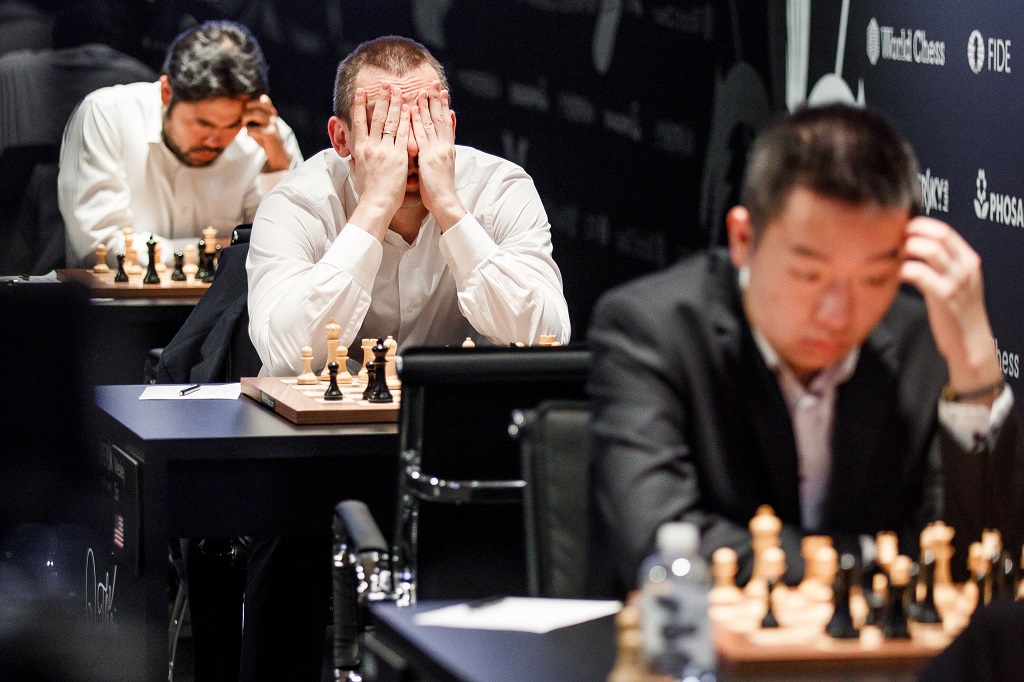


During his post-game interview, Wesley So talked about how "these days in chess, any small advantage is usually played all the way to the end". Many agree that this is the 'Magnus Carlsen effect', as the world champion climbed to the top of the elite by stubbornly squeezing the smallest of edges against top-class opposition...but when a knock-out format is in use, this also means that players will be extra careful in order to avoid giving their opponents a chance to torture them for hours on end.
If we add the fact that the Grand Prix regulations allow the players to offer draws from move one, what was seen today in Moscow makes perfect sense. When the players reach a point in which they consider it dangerous to keep going — e.g. they might find themselves having to defend from a barely inferior position — they simply offer a draw in order to, as Peter Svidler put it, "ask [his opponent] what he thinks of the position".
It must be added, however, that the organizers are rewarding fighting spirit during the classical games by adding one point in the GP overall standings to every player that wins a mini-match without needing tie-breaks. This will surely be a relevant factor during the last leg of the series (and perhaps even the third leg), as getting those extra points might result in a player getting one of the two coveted tickets to the 2020 Candidates Tournament.
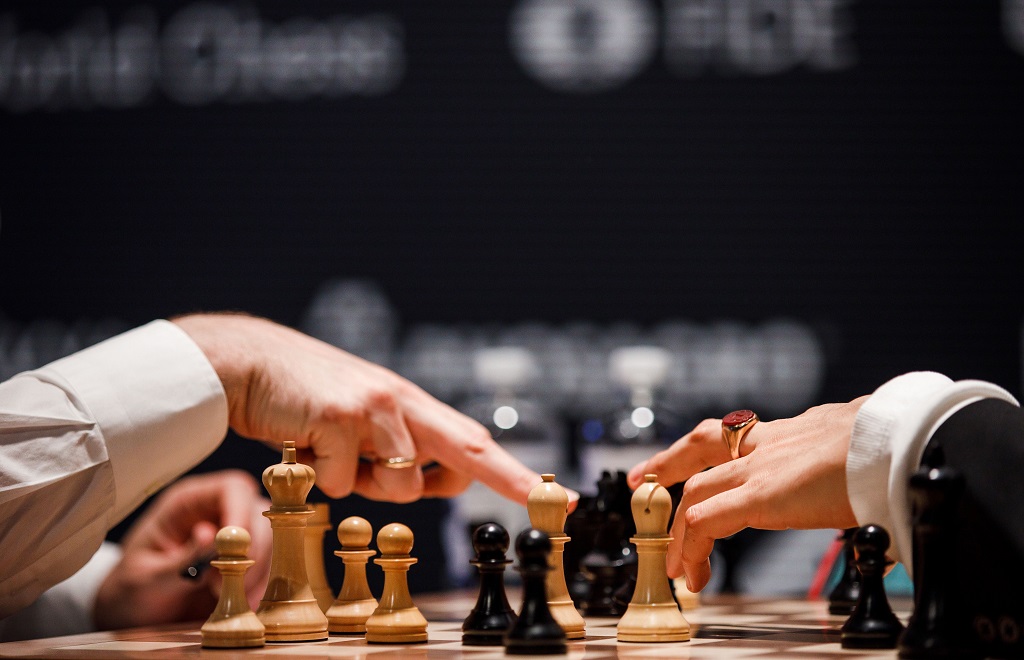
What could have been... | Photo: World Chess
The organizers' wildcard Daniil Dubov showed his worth in round one, when he took down Anish Giri by playing sharply with both colours. He continued the trend in his first game against Hikaru Nakamura, as he blitzed out twenty moves of sharp preparation, which included voluntarily wrecking his own pawn structure. Hikaru was almost an hour down on the clock when he accepted the draw after 28 moves.
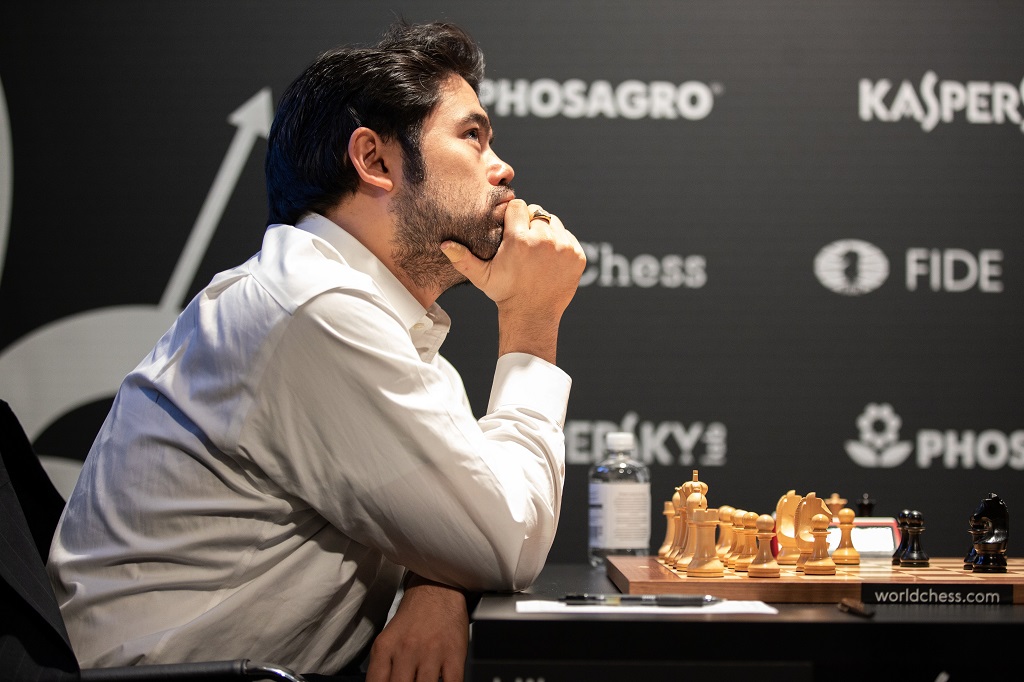
Naka was out-prepared by Dubov | Photo: World Chess
Nakamura was well-aware of what was coming his way...sort of:
I knew that Daniil would surprise me in the opening, but I didn't quite expect him to play 20 moves, or something like this, without thinking at all.
Dubov explained the reasoning behind his draw offer:
We were going by exactly lines that I analysed, and suddenly at some point, you know, I realized that I'm about to run out of my memory — you know, not even prep, 'cause I'm pretty sure I had longer. [...] Black is completely fine, but he has to be a little bit precise, and White has different tries to, you know, to prove his advantage, so I offered a draw.
The first player to get the white pieces in this match-up was Peter Svidler. The Russian played the rather rare (at least in the elite) 5.♗d3 line, but Radoslaw Wojtaszek proved he was prepared to face this system. After fifteen moves, both players had developed their pieces harmoniously but none of them found a clear plan to make progress. Svidler confessed that he had a headache, so there was no reason to keep going...unless Wojtaszek would have been in the mood to keep going.
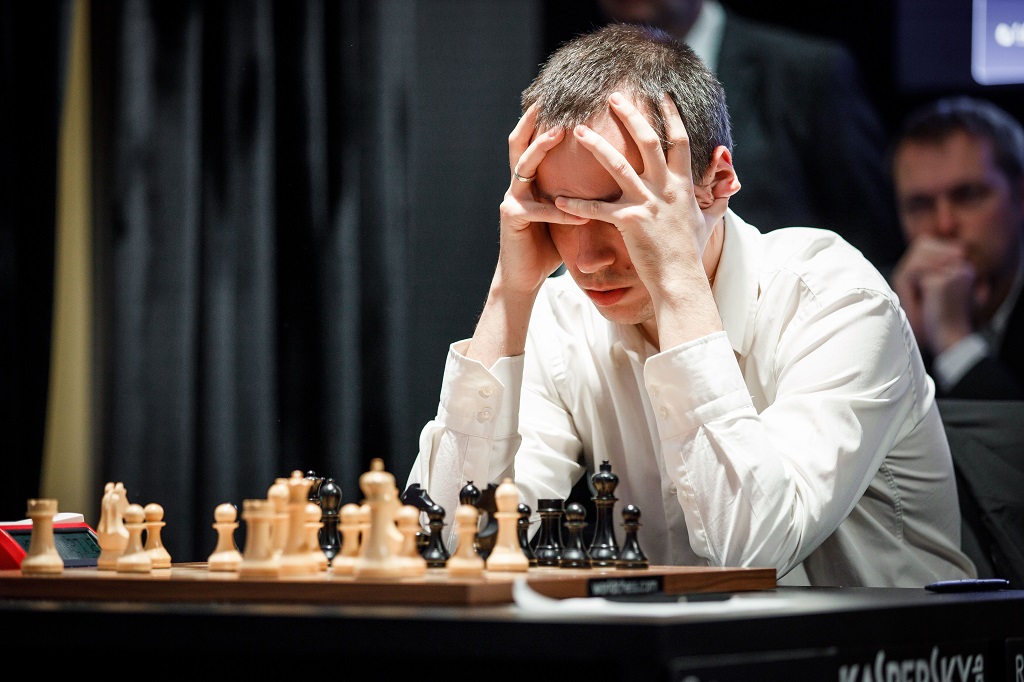
Radek Wojtaszek | Photo: World Chess
Peter declared:
We got a playable position with all the pieces on the board. At some point I thought I was getting somewhere, but in the final position it was very difficult for me to understand what my plans are — it was a kind of a strange and difficult position to play with a headache, you know, with thirty pieces on the board and not really any kind of clear-cut plan.
Radek was just as perplexed:
I simply forgot my prep, and what I got I didn't really like or maybe I simply didn't understand it well, but when I got an offer of course I agreed. [...] Well, I thought I was simply worse.
Grandmasters see more things than mere mortals...as was proven by Alexander Grischuk in the post-game interview. What seemed like a rather simple position for a club player was filled with tactical possibilities for someone like Grischuk. The Russian spent around ten minutes per move after the queens left the board, looking for a small chance to create an imbalance that would favour him. Wesley So probably saw as much, though, and kept the balance. The draw was signed after 28 moves.
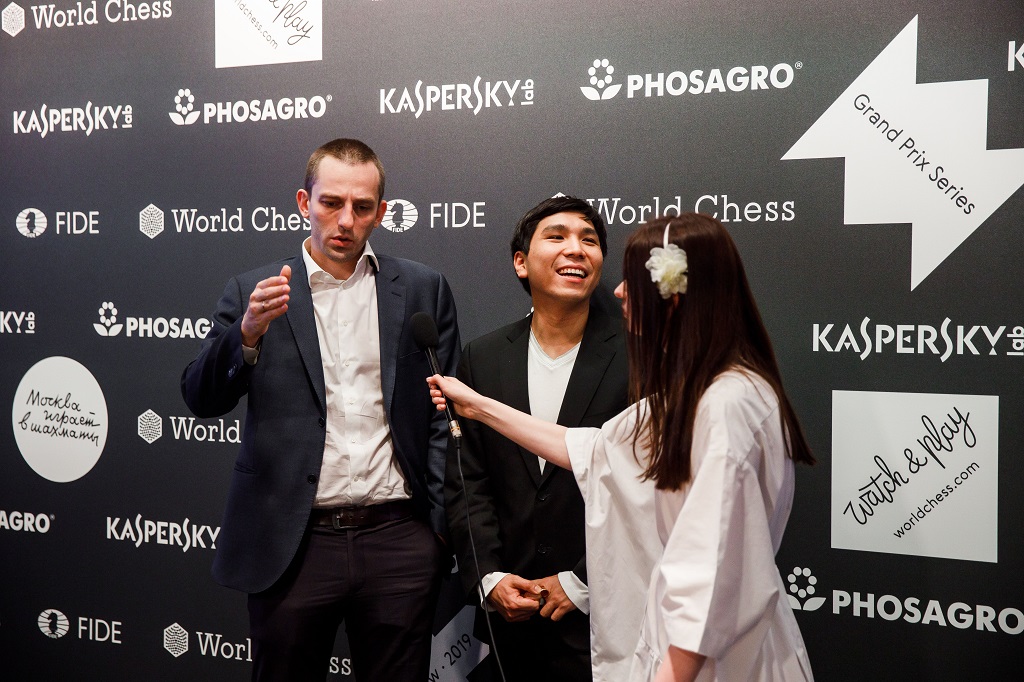
A fun interview | Photo: World Chess
Grischuk finished the game a pawn down, but was the one looking for chances with the bishop pair. He explained:
Just to play a pawn down for some unclear compensation [with] much less time was not too appealing for me. I tried to find something, but I could not [do it].
So is still trying to redeem himself from his quick loss against Duda in round one:
I thought we played quite well today. I'm pretty happy — at least it was a decently good game, unlike my first classical game against Duda, when I just lost in two hours. After that game, I just wanna play some good chess, really, because that was embarrassing.
'Nepo' played the Sicilian against Wei Yi and repeated a line he had used against Jan-Krzysztof Duda last year in Dortmund. At some point, he felt he might have missed something that could have amounted to some kind of edge, but the evaluation never left the realms of equality. Wei Yi was clearly down on the clock and decided a draw was good enough in a double-rook endgame with six pawns per side.
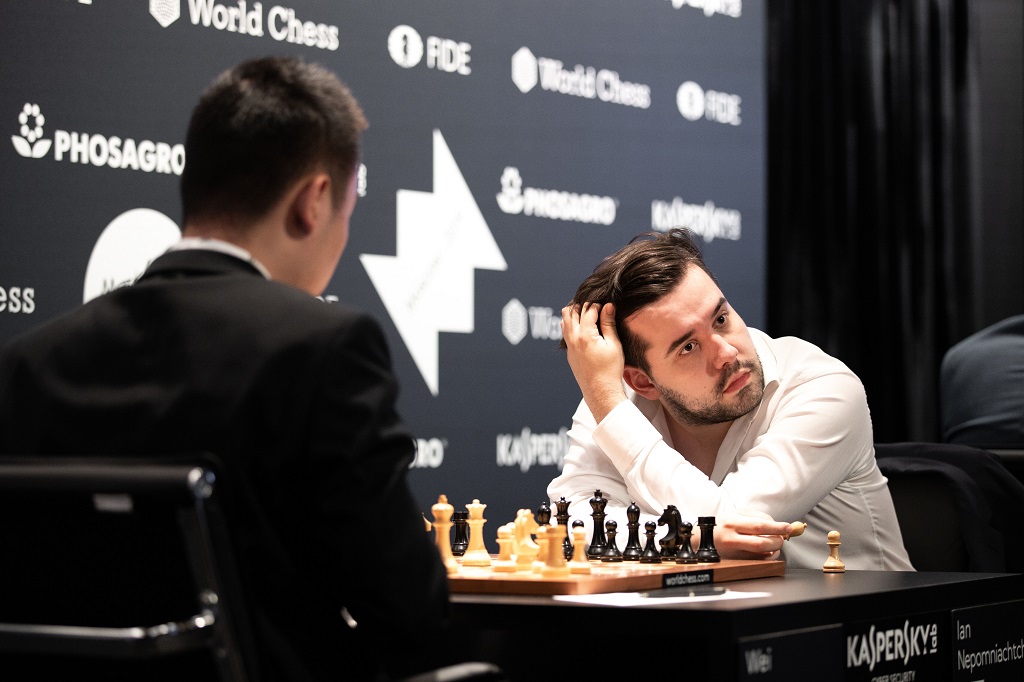
"I've played this before" | Photo: World Chess
When asked about the result, Ian repeated the words of a "wise man" by noting that "a draw is better than losing and worse than winning". Eteri Kublashvili then asked Nepomniachtchi if he knew what was his personal record against Wei Yi, and the Russian continued responding matter-of-factly:
I think in classical chess my opponent has 'plus two'...he's very strong.
Commentary by GMs Evgeny Miroshnichenko and Daniil Yuffa